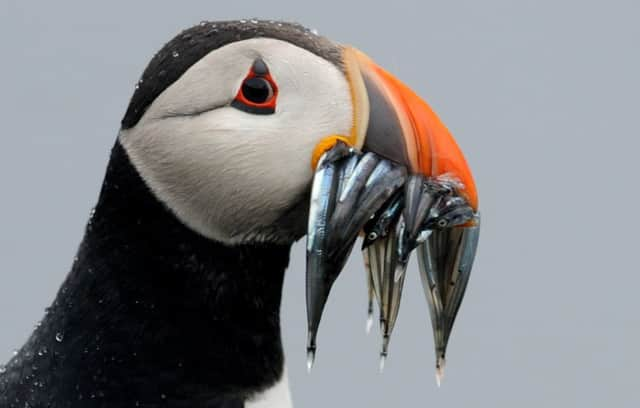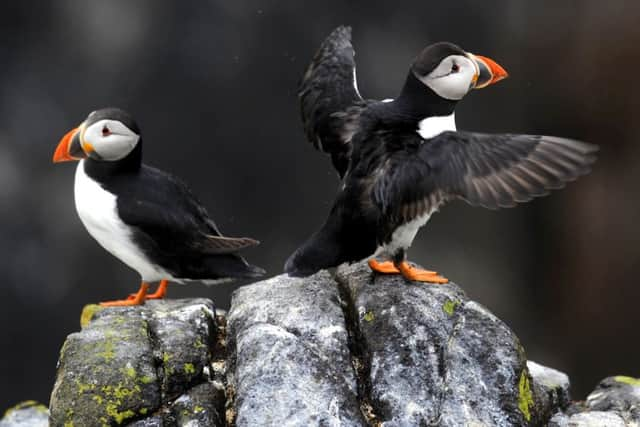Puffin population in Scotland receives breeding boost


Survey results from the island, in the Firth of Forth, found that 87 per cent of breeding puffins successfully reared a chick this summer - the highest rate since 1989.
Europe hosts more than 90 per cent of puffins worldwide with an estimated 10 million individuals. Scotland is internationally important for the species, with more than 80 per cent of the total UK and Irish population.
Advertisement
Hide AdAdvertisement
Hide AdThe bird - often dubbed the ‘parrot of the sea’ due to its distinctive colourful markings - is a commonly used image to promote tourism in Scottish coastal communities.


But numbers north of the border crashed in the early 2000s, with half of the once 80,000-strong colony on the Isle of May being wiped out.
“We have had a run now of above average breeding success and we’d like to be hopeful and positive that for the next few years numbers will continue going up, Mark Newell, Isle of May field manager for the Centre for Ecology and Hydrology told The Sunday Times.
“The fact that a pair of immature puffins was nesting in one of the concrete burrows means the birds are using a new site, which also suggests that things are improving.”


Mr Newell added that puffin populations were still threatened at other key nesting sites across Scotland, and warned that global warming remained a threat.
He said: “One possible cause of the population crash in 2007 was a series of much warmer seas in winter, which affects the distribution of the sand eels that puffins feed on. If we were to get another series of warmer winters it would not be good for puffins. At other colonies in Scotland, such as St Kilda, Orkney and Shetland, puffins are doing poorly. The statistics make grim reading.”
Conservation charity RSPB Scotland was awarded nearly £50,000 from the Heritage Lottery Fund (HLF) in March for a new study that will include satellite tagging and extensive surveys.
Counts took place at a number of colonies, many of which have been shrinking at an alarming rate, and GPS trackers were fitted to 31 puffins at two Scottish sites to record information on feeding habits, locations and conditions.
